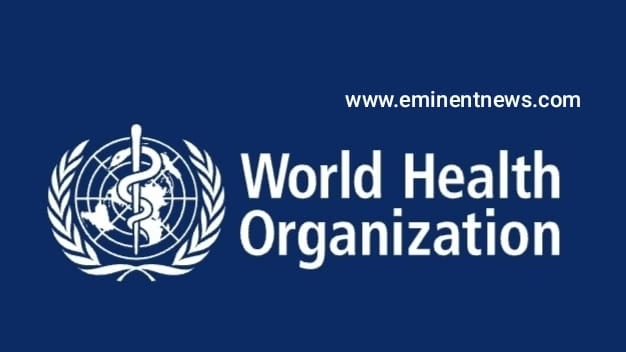The National Family Health Survey (NFHS)-5, conducted between 2019-2021, provides detailed information on key aspects of population, health, and nutrition in India . The Ministry of Health and Family Welfare (MoHFW) oversaw the survey, with the International Institute for Population Sciences (IIPS), Mumbai, serving as the nodal agency . NFHS-5 offers state and national-level data on fertility, infant and child mortality, family planning practices, maternal and child health, reproductive health, nutrition, anemia, and the utilization and quality of health services .
Key Findings of NFHS-5:
- Sex Ratio: The sex ratio recorded was 1,020 women per 1,000 men in 2019-2021, the highest recorded in any NFHS survey and since the modern synchronous census of 1881 .
- Fertility: The Total Fertility Rate (TFR) has declined to 2.0, below the replacement level of 2.1 .
- Underage marriage: NFHS-5 states 23.3% of women surveyed got married before the legal age of 18 years, a decrease from 26.8% in NFHS-4 .
- Child Nutrition: There has been a slight improvement in child nutrition indicators . Stunting has decreased from 38% to 36%, wasting from 21% to 19%, and underweight from 36% to 32% at the national level .
- Anaemia: The prevalence of anaemia has increased among children under 5 years (58.6% to 67%), women (53.1% to 57%), and men (22.7% to 25%) .
- Immunization: Full immunization among children aged 12-23 months has substantially improved from 62% to 76% at the national level .
- Institutional Births: Institutional births have increased from 79% to 89% nationwide .
- Contraceptive Use: The overall Contraceptive Prevalence Rate (CPR) has increased from 54% to 67% at the national level .
- Exclusive Breastfeeding: Exclusive breastfeeding for children under 6 months has improved from 55% in 2015-16 to 64% in 2019-21 .
- Women Empowerment: Women’s empowerment indicators show considerable improvement, with women operating bank accounts increasing from 53% to 79% at the national level .
- Access to sanitation: 83% of households reported having access to toilet facilities .
NFHS-5 includes new topics such as preschool education, disability, access to toilet facilities, death registration, bathing practices during menstruation, and methods and reasons for abortion . The survey provides data useful for tracking progress on Sustainable Development Goals (SDGs) .
It is important to note some debates and concerns regarding NFHS data :
- Sample Size: Concerns have been raised regarding data quality and comparability with previous rounds due to the expanded sample size .
- Sex Ratio: The reported sex ratio of 1,020 females per 1,000 males is inconsistent with other data sources and should be treated with caution .
- Measurement of Anemia: The use of capillary blood samples for anemia testing may produce higher and less reliable estimates compared to venous samples .



























